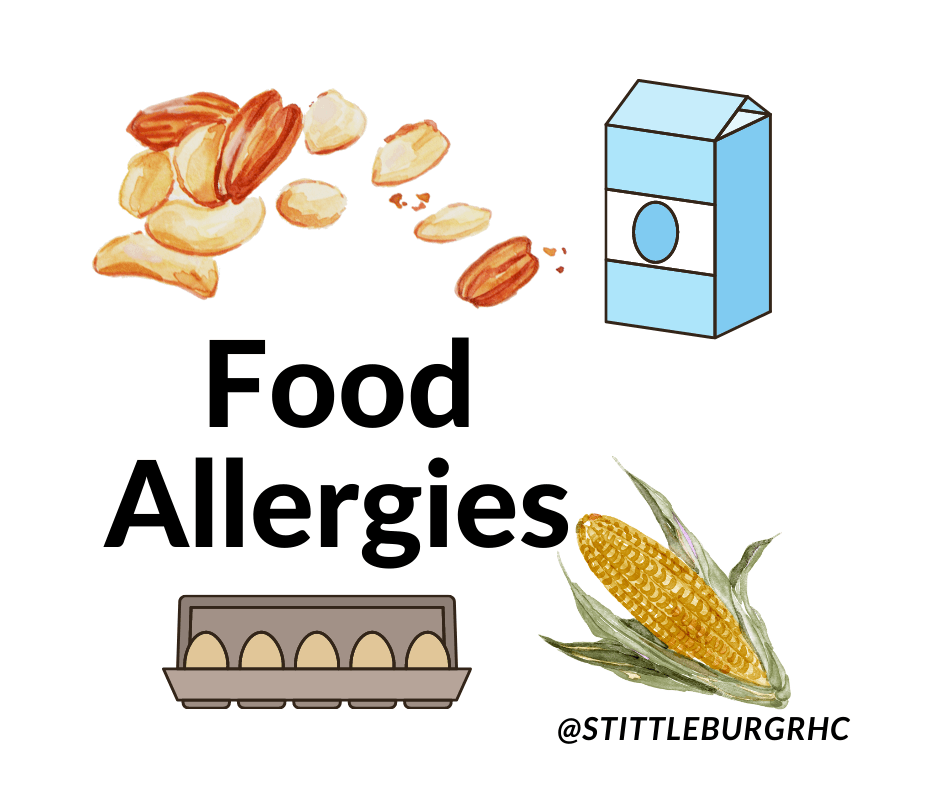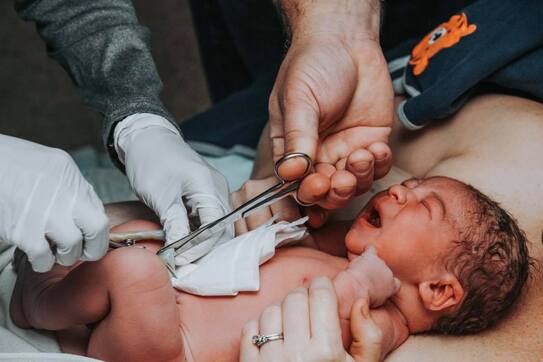Let's talk autism, again!
Let's talk autism, again!
Every 20 minutes, a child is diagnosed with autism in the U.S.
Do genetics play a role? The short and quick answer is, yes.
Let’s Talk About Autism, Again
I already covered two key factors contributing to autism in https://www.stittleburgrhc.com/lifestyle-blog/lets-talk-autism -the Standard American Diet and the overuse of antibiotics and medications. These two previous key factors can be modified. However, today's topic, you were born with.
This blog is going to be focused on a genetic perspective, specifically the MTHFR gene.
Autism is a heterogeneous neurological disorder characterized by three core behavioral traits:
(Heterogeneous meaning autism comes from multiple etiologies)
- Deficits in social interactions
- Reduced verbal and nonverbal communication
- Deficits in developing, maintaining, and understanding relationships
-Severity is based on social communication impairments and restricted, repetitive patterns of behavior-
www.cdc.gov/ncbddd/autism/hcp-dsm.html Autism Spectrum Disorder: Diagnostic Criteria
Over the years there has been a lot of research on autism as we continue to see the rates steadily climb. There are many proposed etiology theories of Autism, ADHD (Attention-Deficit/Hyperactivity Disorder), PDD (Pervasive Developmental Disorder), ASD (Autism Spectrum Disorder), Developmental Disorders, etc:
- Food allergies
- Vaccines
- Do vaccines “cause” autism? No. If vaccines caused autism, everybody who received a vaccine would have autism. (More to come on this.)
- Vitamin D
- Did you know Vitamin D has very strong influence on almost every single organ system in the body and epigenetics of the body?
- Prenatal nutrient deficiencies and exposures (Flip side: Prenatal folic acid exposure https://www.stittleburgrhc.com/lifestyle-blog/lets-talk-prenatal-supplementation)
- Did you know most women are not getting adequate prenatal vitamins with essential B Vitamins and cofactors needed to generate all the DNA synthesis and the building of the body? This results in nutritional suppression that changes the epigenetic profile of the child.
- Impaired methylation/epigenetics
- Detoxification/Environmental
- Neurotransmitters
Currenti SA. Understanding and Determining the Etiology of Autism. Cell Mol Neurobiol. 2010; 30:161-171
Today I am covering:
- Impaired methylation/epigenetics
- Detoxification/Environmental
- Neurotransmitters
Our children's health and well-being are dependent on us. You gotta nourish to flourish!
Single Nucleotide Polymorphisms (SNPs):
You cannot change your genetic makeup. The human genome is mostly the same in all people; but there are variations across the genome. A genome is all the genetic material in an organism. DNA is passed from parent to child. This is done with the making of new cells, to do this, an existing cell divides in two. Before it divides, the cell copies its DNA. DNA is the hereditary material aka the cells genetic instructions. Sometimes cells make mistakes during the copying process - essentially ‘typos’. These ‘typos’ lead to variations in the DNA sequence at specific locations, called single nucleotide polymorphisms, or SNPs (pronounced "snips"). Each SNP represents a difference in a single DNA building block, called a nucleotide.
The MTHFR Gene:
We test for this mutation through saliva or blood. The MTHFR gene provides instructions for making an enzyme called methylenetetrahydrofolate reductase. (So, the MTHFR gene produces the MTHFR enzyme.)
- MTHFR is responsible for converting folate into its active state.
- It helps convert an inactive form of folate into the active form of folate which then gets pushed forward through the cycle to be able to generate methyl donors, to be able to support the detoxification processes, to be able to support neurotransmitter production, to be able to support choline... Which choline is vitally important to neural health. MTHFR is kingpin to many different bodily processes.
- It is an irreversible process and is the rate limiting enzyme in this pathway
Before I talk about certain locations of SNPs, I want to explain that these numbers most likely mean nothing to you. However, they are very important and useful to me. Just like shelving a book in the library, the librarian knows exactly what the important, random combination of letters and numbers are used for- think of me as the librarian on your genes.
The two different places that we look at for MTHFR deficiencies are locations 677 and 1298. The SNPs of MTHFR affect how well the body is able to activate folate into the bioactive form. Through Functional Medicine, these mutations can be found and treated with supplementation, diet, and lifestyle.
Homozygous means that both copies of a gene match.
Two dominant alleles (AA) or two recessive alleles (aa) are homozygous
Heterozygous means that the copies do not match.
One dominant allele and one recessive allele (Aa) is heterozygous.
Get this! An analysis performed at a Portland, OR based lab showed that roughly 86% of symptomatic patients have at least one MTHFR polymorphism. What does that mean? Almost 9 out of every 10 patients with autistic or other neurological symptoms, probably have at least one MTHFR polymorphism that is affecting their ability to generate active folate.
Quick Recap:
MTHFR in general has been associated with increased ASD risk.
Pasca SP et al. One carbon metabolism disturbances and the C677T MTHFR gene polymorphism in children with autism spectrum disorders. J Cell Mol Med. 20009; 13(10):4229-4238.
MTHFR C677T is associated with the greatest influence on enzyme activity and increased overall ASD risk.
Leclerc D et al. Molecular Biology of Methylenetetrahydrofolate reductase (MTHFR) and Overview of Mutations/Polymorphisms. NCBI Bookshelf: Madame Curie Bioscience Database.
MTHFR 677 is more present in autism.
Pu D1, Shen Y, Wu J. Association between MTHFR gene polymorphisms and the risk of autism spectrum disorders: a meta-analysis. Autism Res. 2013 Oct;6(5):384-92. doi: 10.1002/aur.1300.
MTHFR A1298C has been reported to have a more influential effect on mental health disorders.
Sener EF1, Oztop DB2, Ozkul Y3. MTHFR Gene C677T Polymorphism in Autism Spectrum Disorders. Genet Res Int. 2014;2014:698574. doi: 10.1155/2014/698574.
So, what does this all have in common?! NEUROTRANSMITTERS. Neurotransmitters are our body’s chemical messengers i.e. very important.
MTHFR is linked to the production site of neurotransmitters-
- Serotonin: calming and loving
- Dopamine: excitatory
- Dopamine deficiency has been associated with autism. With a dopamine deficiency we see detached, blunted behavior and more of the ‘trademark’ autistic type symptoms. What’s dopamine? Dopamine functions as a neurotransmitter, a chemical released by nerve cells to send signals to other nerve cells. In other words, it is INCREDIBLY IMPORTANT. As a member of the catecholamine family, dopamine is a precursor to norepinephrine (noradrenaline) and then epinephrine (adrenaline).
Take a look at the supporting pathway image of dopamine I added.
Now, this was a lot of science and a lot of information. I am here to educate, inform, and spread awareness and hope. The mutations and pathways I mentioned above CAN be supported with certain supplements and diet/lifestyle changes. NEVER let anyone tell you that you must just accept your illness and learn to live with it. If you would like information on how Functional Medicine can help autism, please contact Stittleburg Restorative Health Care!
Let's get back to health,
Dr. Taryn











Share On: